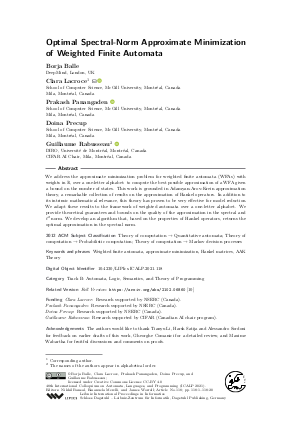LIPIcs.ICALP.2021.118.pdf
- Filesize: 0.87 MB
- 20 pages

 Creative Commons Attribution 4.0 International license
Creative Commons Attribution 4.0 International license























Feedback for Dagstuhl Publishing